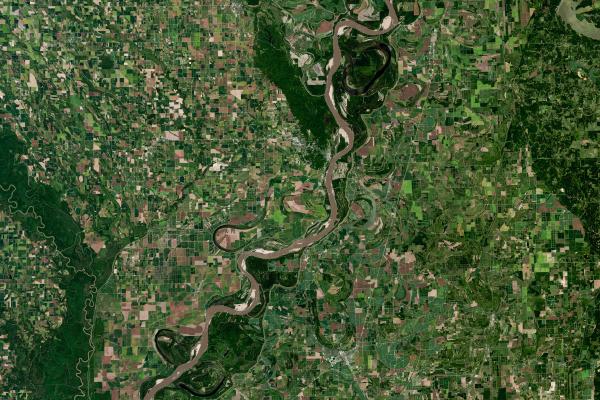National Aeronautics and Space Administration Study Reveals Human Impact on Global Water Cycle

National Aeronautics and Space Administration (NASA) scientists have identified significant human-driven shifts in the global water cycle, mainly due to agricultural activities.
A study of nearly 20 years of satellite data highlights how these changes could disrupt ecosystems and challenge traditional water management strategies.
Researchers found that human interventions, such as irrigation and groundwater extraction, are more influential than previously thought. This could render many existing water management models outdated, as they assume the water cycle fluctuates within a predictable range. For example, in regions like North China, prolonged drought persists while vegetation remains sustained through increased groundwater pumping, altering natural water cycle patterns.
The study analyzed three key shifts: long-term trends like groundwater depletion, seasonal changes such as earlier growing seasons, and increased extreme events like frequent flooding. Using data from multiple NASA satellites, the researchers mapped how water distribution is changing worldwide.
The findings suggest that Earth system models must evolve to account for human activity's ongoing influence. Improved models and more comprehensive data could help water resource managers and policymakers prepare for a changing water landscape.
Learn more by visiting "NASA Scientists Find New Human-Caused Shifts in Global Water Cycle."
